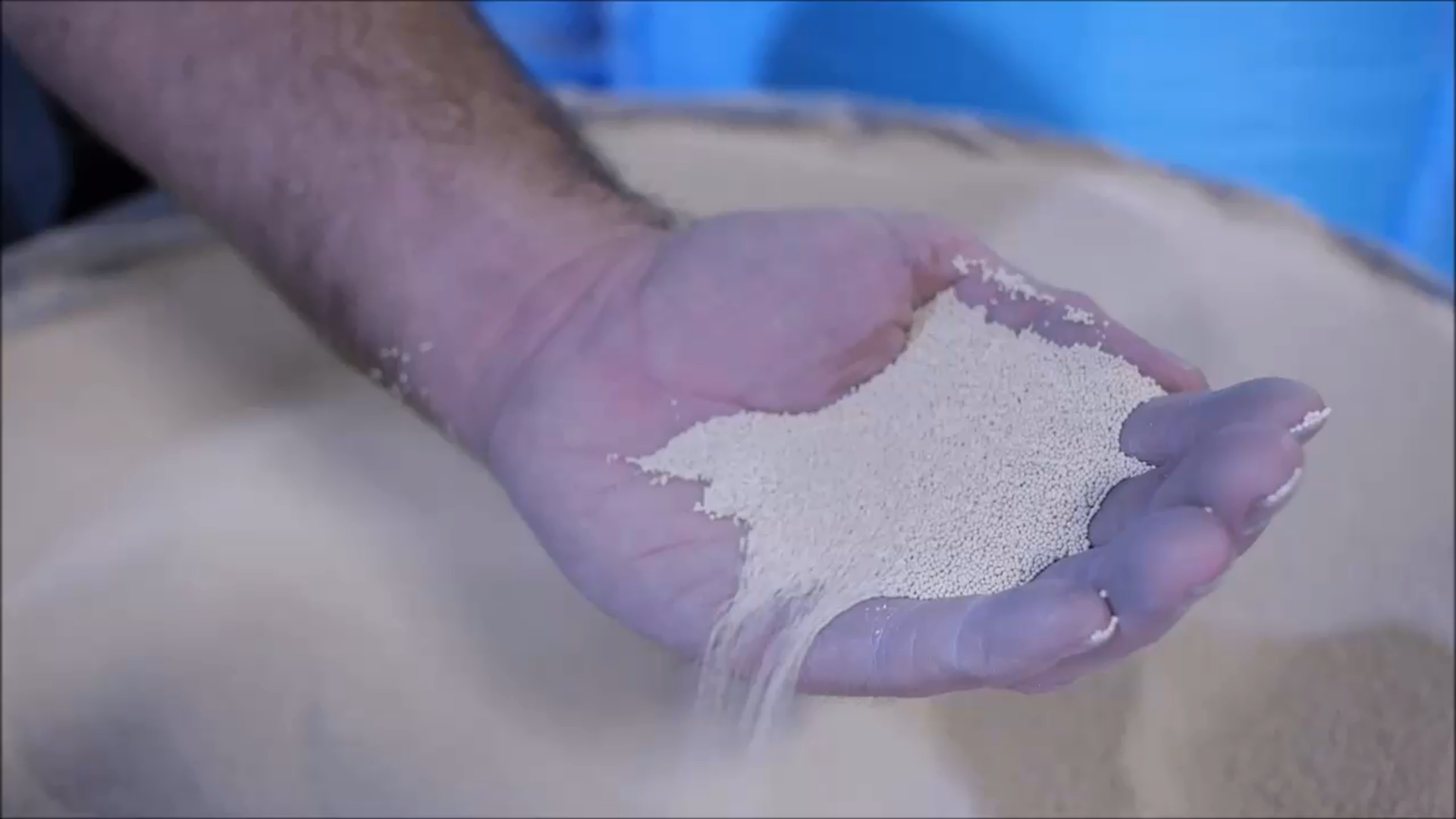
Molecular sieve adsorbents are crystalline alumino-silicates, known as zeolites. Their unique structure allows the water of crystallization to be removed, leaving a porous crystalline structure. These pores or “cages” have a high affinity to re-adsorb water or other polar molecules. Aided by strong ionic forces (electrostatic fields) due to the presence of cations such as sodium, calcium and potassium and by the absolutely enormous internal surface area of close to 1’000 m2/g, molecular sieves will adsorb a considerable amount of water or other fluids. If the fluid to be adsorbed is a polar compound, it can be adsorbed with high loading, even at very low concentrations of the fluid. Molecular sieves will therefore remove many gas or liquid impurities to very low levels (ppm or less).
Another feature of molecular sieve adsorbents is their ability to separate gases or liquids by molecular size or polarity. The pore or “cage” openings are of the same size as many molecules. e.g. in the case of hydrocarbon paraffins, the normal, straight chained molecules can fit into the pores and be adsorbed, while the branched chain molecules cannot enter the pores and pass through the molecular sieve bed un-adsorbed.


